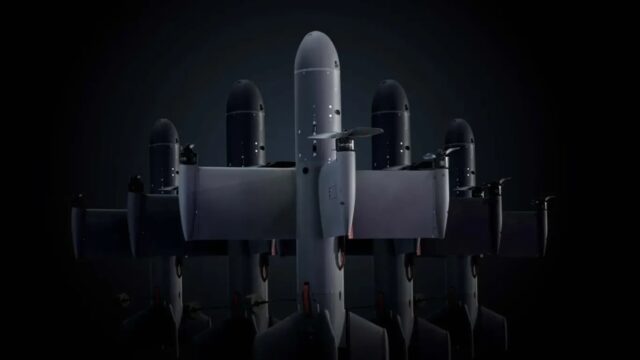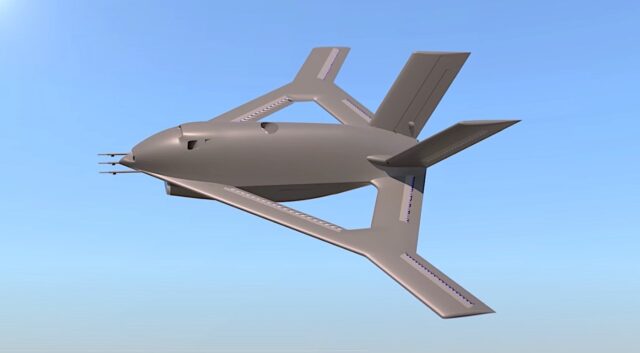A flawless finale: SpaceX Starship Flight 11 marks the end of Block 2 era

October 15, 2025
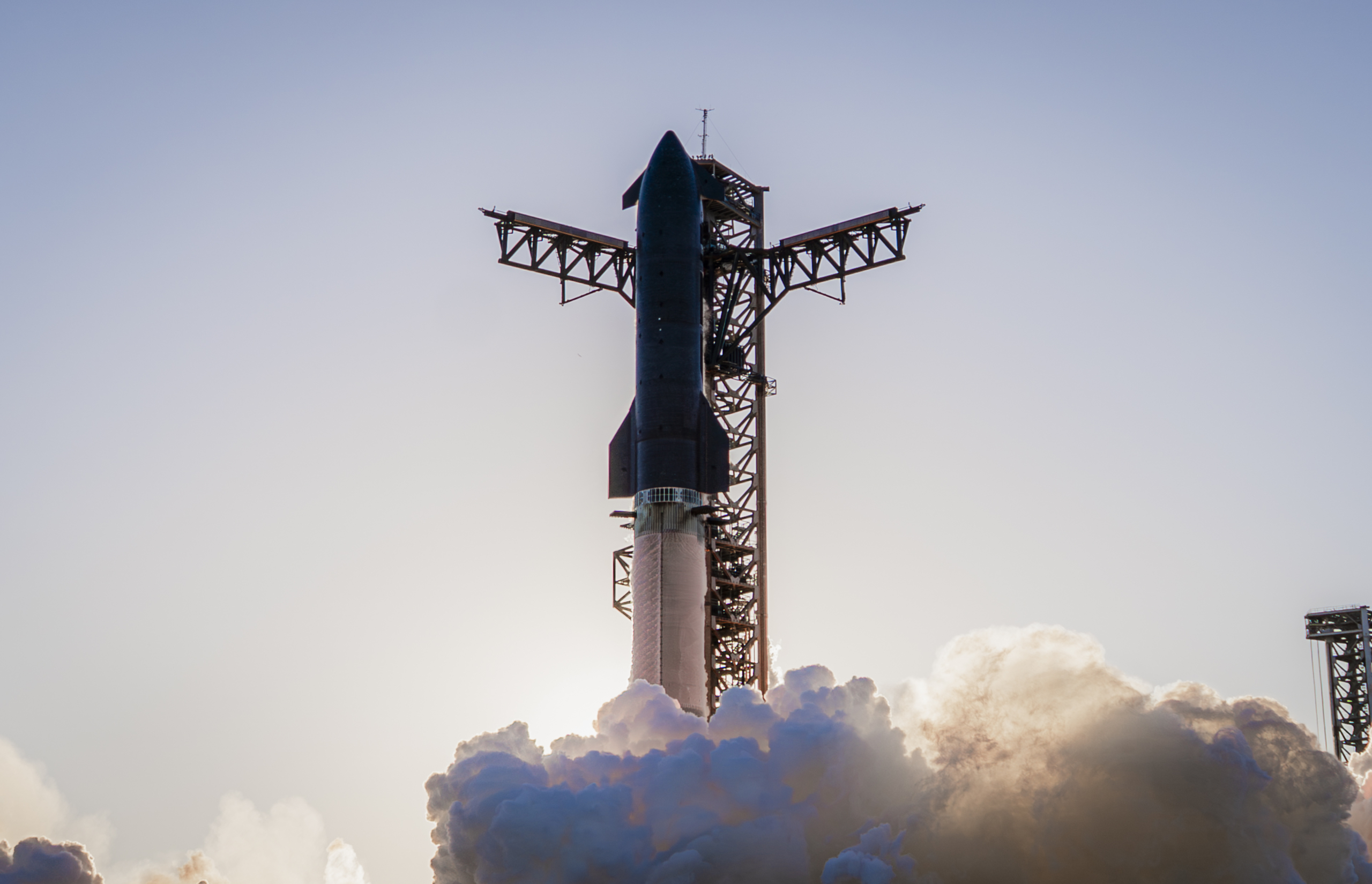
SpaceX’s Starship megarocket, the most powerful launch system ever built, achieved what Elon Musk’s engineers had been aiming for since the first prototype rose above Boca Chica’s flat coastlines: a seamless mission from liftoff to splashdown, with every primary goal met. Both stages, the Super Heavy booster and the Starship upper stage, performed near-flawlessly.
For the first time, both parts nailed a precision splashdown, completing the most successful test yet in the 400-foot-tall rocket’s development.
This wasn’t merely another test. Flight 11 was the final outing for the Starship Version 2, closing the chapter on the current hardware as SpaceX shifts focus to its next generation of colossal launchers.
SpaceX Starship Flight 11 delivers flawless finale for second-generation rocket
The mission unfolded with textbook precision. All 33 Raptor engines ignited at 18:23 local time, sending Super Heavy roaring over the Gulf of Mexico.
Watch Starship's eleventh flight test → https://t.co/YmvmGZTV8o
— SpaceX (@SpaceX) September 29, 2025
https://t.co/zIRMX5mh9K
After separation, Starship’s six Raptor engines carried the upper stage on a nominal suborbital flight, during which it successfully deployed eight Starlink simulator payloads and completed an in-space relight, a key step toward operational missions.
Super Heavy performed a controlled boostback burn before descending toward its pre-planned splashdown zone off Texas.
Using 13 engines in a complex landing burn, the booster demonstrated the precise control SpaceX intends to replicate when future versions are caught by the Starbase launch tower’s “chopstick” arms.
Final descent and splashdown of Starship on Flight 11, captured by the SpaceX recovery team in the Indian Ocean pic.twitter.com/TzvFnf8Z6d
— SpaceX (@SpaceX) October 14, 2025
Meanwhile, Starship re-entered Earth’s atmosphere, deliberately stressing its heatshield to gather thermal performance data.
The vehicle then executed a dramatic flip and soft splashdown in the Indian Ocean. SpaceX later confirmed the mission achieved “every major objective,” making it the most complete and successful Starship flight so far.
SpaceX unveils Starship Version 3 with major upgrades for orbital missions
With Flight 11 complete, SpaceX has now shifted its focus to the third generation of Starship and Super Heavy, and the upgrades are substantial.
The Starship V3 variant will be about five feet taller than its predecessor, with significant changes beneath the surface.
“The next iteration will be used for the first orbital missions, operational payload flights, and propellant transfer tests,” SpaceX said in its post-flight summary. The upcoming design is central to Musk’s long-term goal: a fully and rapidly reusable vehicle capable of reaching not only Earth orbit but also the Moon and Mars.
Right now, we're actively building multiple next-generation V3 Starship and Super Heavy vehicles, incorporating learnings from every flight test pic.twitter.com/ivoN0Mqm2C
— SpaceX (@SpaceX) October 13, 2025
Among the technical highlights, the V3 Super Heavy will feature an integrated hot-staging system, where Starship’s upper engines ignite before full stage separation, improving efficiency and thrust performance.
The new design also includes a redesigned fuel transfer tube to channel cryogenic methane and oxygen more effectively, as well as larger grid fins (now 50% bigger, but reduced in number from four to three) designed to aid both lift and catch operations.
These refinements are aimed at perfecting the vehicle’s in-orbit refuelling capability, a fundamental requirement for future lunar and Martian missions. Deep-space Starships will need to rendezvous with tanker variants in Earth orbit, transferring propellant before heading toward their destinations.
Starbase upgrades underway as SpaceX prepares for Starship V3 launches
As the new vehicles roll off SpaceX’s build lines, Starbase itself is being retooled.
The Orbital Launch Mount 1 pad, used for all 11 test flights to date, is now entering an overhaul phase to accommodate the V3 configuration.
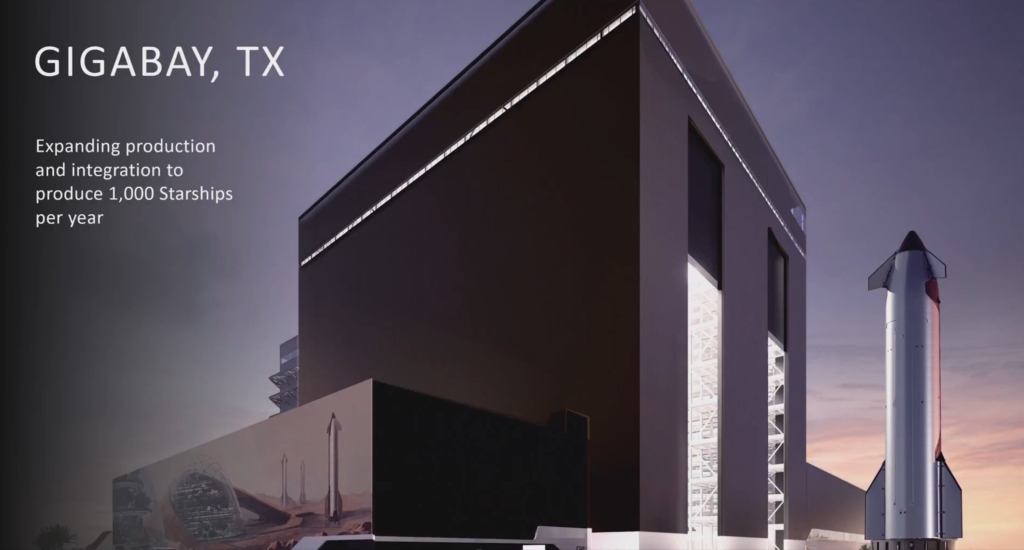
“Among many other things, we’re installing a new orbital launch mount, a new flame trench system, and upgrading the chopsticks for future catches,” explained Jake Berkowitz, SpaceX’s lead propulsion engineer, during the Flight 11 webcast.
During the refurbishment, launches will temporarily shift to Pad 2, which is nearing operational readiness. This facility will become the staging ground for early V3 flights, including the first fully orbital test mission, which could occur in early 2026.
SpaceX roadmap to the Moon and Mars: Starship V3 sets course for deep space
If SpaceX’s current timeline holds, Starship V3 could achieve orbital flight within months, paving the way for cargo and tanker demonstrations, followed by crewed test flights.
The company has also indicated that it plans to use Starship for propellant transfer experiments, an essential milestone for future Mars-bound missions.
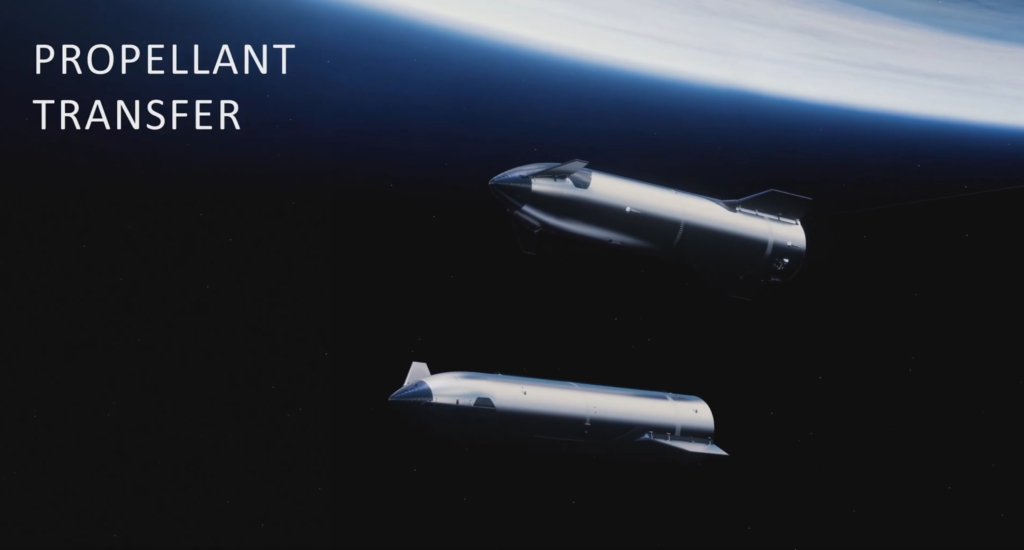
Looking further ahead, Musk has confirmed that an even larger version — Starship Version 4 — is already in conceptual development. Standing 466 feet tall and powered by 42 Raptor engines, this future behemoth is expected to debut in 2027, aligning with NASA’s Artemis III lunar landing mission.
That mission will use a Starship upper stage as its lunar lander, delivering astronauts to the Moon’s surface for the first time since 1972.
SpaceX’s ambition doesn’t stop there. Musk has stated that he aims to launch multiple uncrewed Starships to Mars in late 2026, taking advantage of the next Earth–Mars orbital alignment.
These early missions would deliver cargo, test surface operations, and lay the groundwork for eventual human settlement.
From test flights to operational reality: SpaceX Starship enters new era of reusability
With each test, SpaceX continues to push the boundaries of what’s possible in heavy-lift rocketry.
The company’s goal is nothing less than creating the first fully reusable, interplanetary transport system.
Flight 11’s success suggests that Starship is finally approaching operational maturity, a transition from spectacular prototypes to workhorse missions.
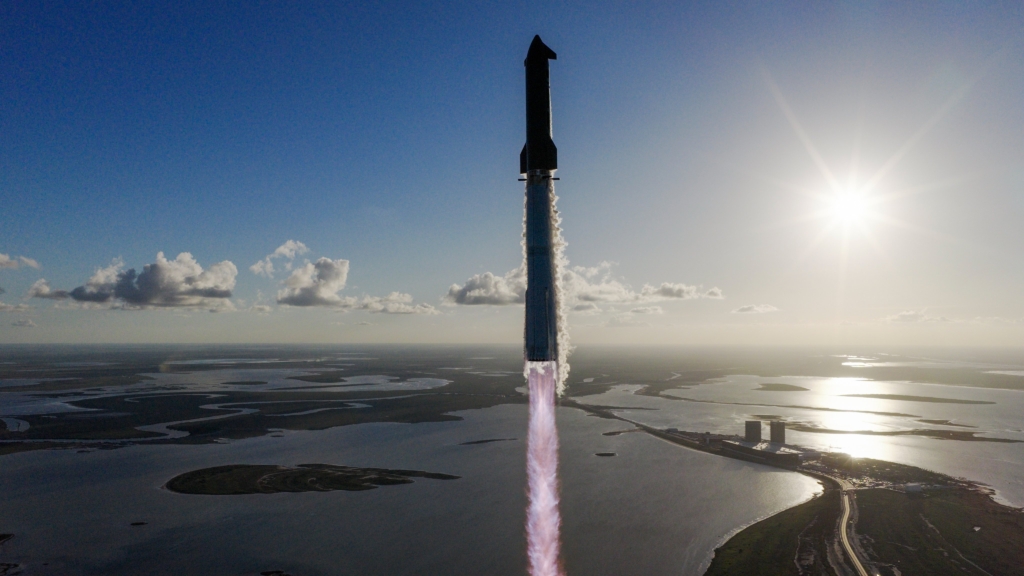
The next two years will determine whether SpaceX can convert this engineering momentum into commercial and scientific breakthroughs.
As Starbase’s welders, engineers and AI-driven test rigs prepare the next fleet of rockets, one thing is clear: Flight 11 may have closed one chapter of Starship’s story, but it has opened another, far more ambitious one, a chapter that could define the future of space transportation.
